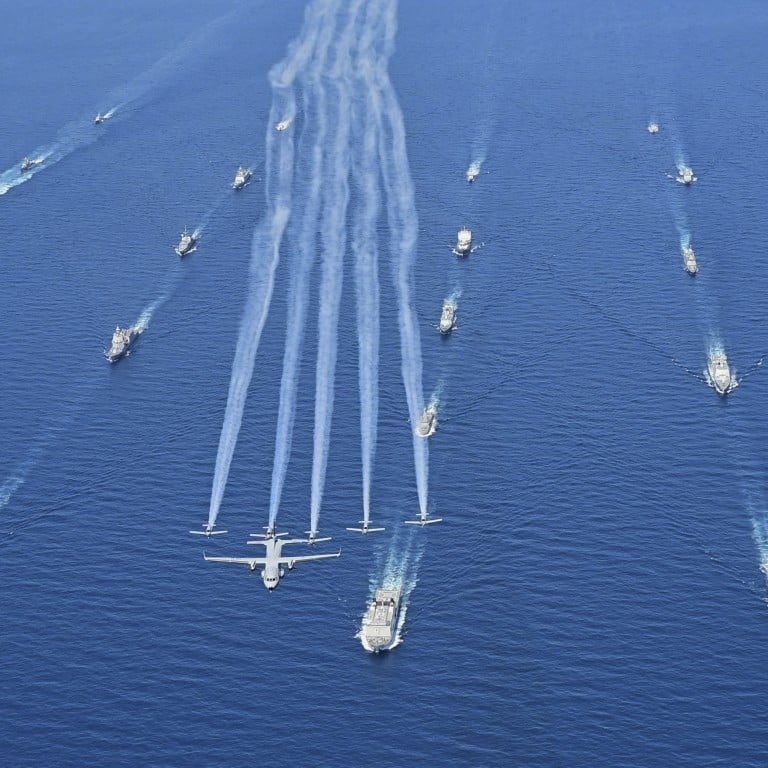
Asia has 5 of the world’s top 7 most powerful navies. Singapore ranks No 24
- The navies of Taiwan, Thailand, North Korea and Australia didn’t make the World Directory of Modern Military Warships global top 10, either
- China’s navy was only just pipped to the post by the US, with Russia in third – as Indonesia, South Korea, Japan and India round out the top 7
The World Directory of Modern Military Warships (WDMMW) has ranked the strongest navies in the world, covering 36 nations.
The ranking looked at the total number of warships and submarines, alongside factors such as fleet age, logistical support, and attack and defence capabilities.
It also looked at the balance of each force: how many different types of assets they have, and if they are concentrating their assets in one area. It included most ships but left out smaller craft, survey ships, and historical ceremonial vessels.
The ranking distinguished between several classes of combat ship – listing the relatively small corvette and frigate types as well as larger destroyers and cruisers.
Each navy was given a final “True Value Rating” to measure them against one another. Here’s how the top 25 countries stack up:

25. Brazil
It has no destroyers or cruisers.
It said Brazil’s naval force balance is “average” and its median hull age is 30.3 years.
The WDMMW gave Brazil’s navy a True Value Rating of 39.9.

24. Singapore
It had 37 total units in its active naval inventory as of November 2022, made up of five submarines, six frigates, six corvettes, four mine/countermine warfare ships, 12 offshore patrol vessels, and amphibious assault vessels.
It has no aircraft carriers, destroyers, or cruisers.
The WDMMW listed its force balance as “average” and said its median hull age is 19.2 years.

23. Canada
Canada has four submarines, 12 frigates, and 21 offshore patrol vessels, making up its 37 active units as of December 2021. The nation has the world’s largest coastline.
The WDMMW noted that Canada “lacks a dedicated aircraft carrier fleet” and also cited its lack of a helicopter force of amphibious assault capabilities.
Canada also has no destroyer warships, corvette warships, cruiser warships, or mine/countermine warfare ships.
Canada’s median hull age is a relatively young 16.8, and WDMMW described its naval force balance as “fair.”
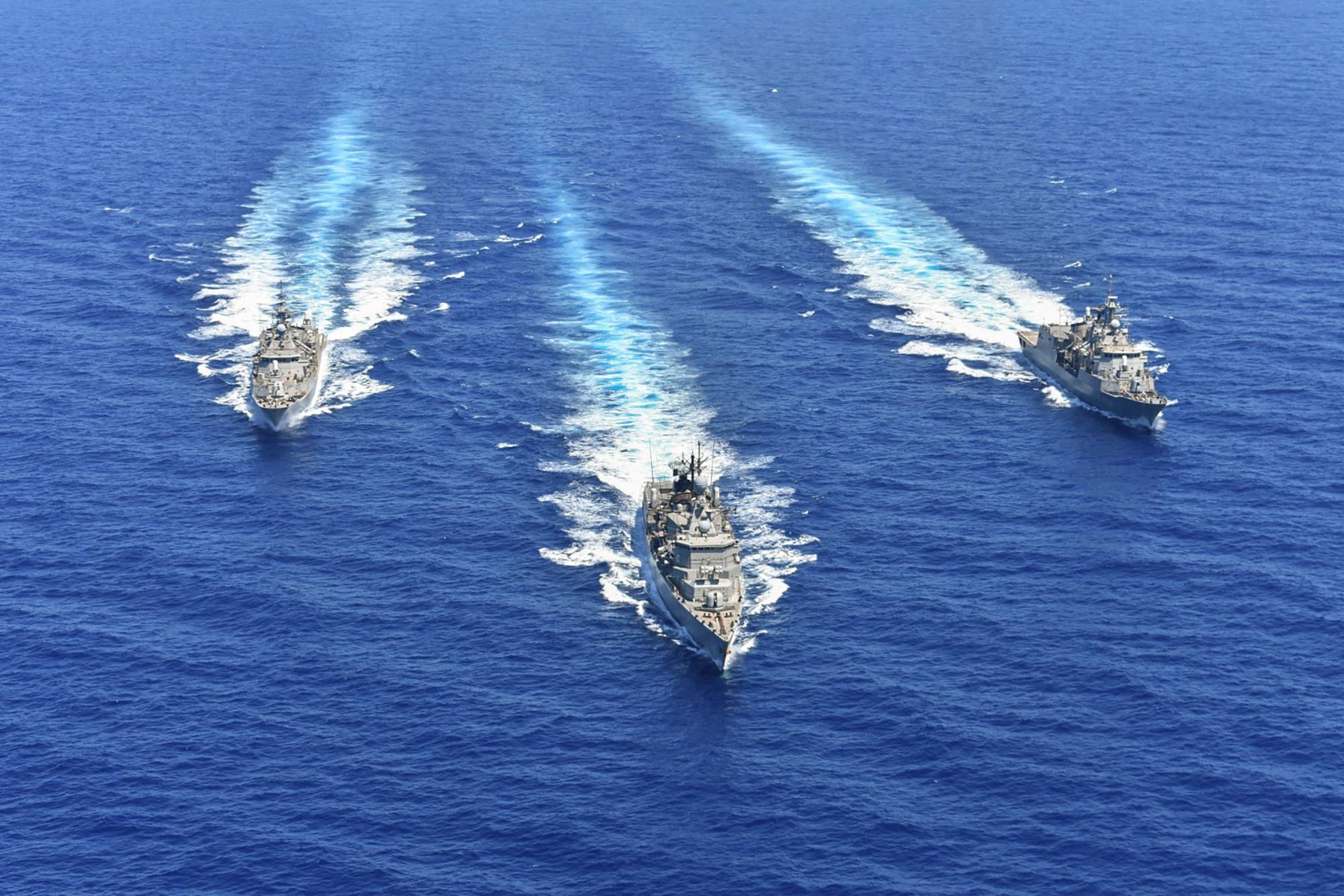
22. Greece
It noted that Greece has put its focus on the offshore vessels, with that fleet “making up over half of all fighting strength”.
The balance makes sense for the Mediterranean nation, which has some 6,000 islands.
The WDMMW described the rest of the Greece’s fleet as “an ageing fleet of submarines and frigates for the most part”.
Greece has no destroyers, corvettes, cruisers, or amphibious assault vessels.
The WDMMW said the navy’s force balance is “fair” and median hull age is 27.5 years.
It gave Greece’s navy a True Value Rating of 47.2.

21. Thailand
They were one helicopter carrier, four destroyers, seven frigates, six corvettes, five mine/countermine warfare ships, 51 offshore patrol vessels, and 12 amphibious assault vessels.
It has no submarines, with the WDMMW describing it as “a surface force built primarily around local and regional defence”.
It noted Thailand’s long coastline and near neighbours of Myanmar, Laos, Vietnam, Cambodia, and Malaysia.
The Thai navy has a median hull age of 25.6 years and had an “average” force balance, the WDMMW said.
The WDMMW gave Thailand’s navy a True Value Rating of 47.6.
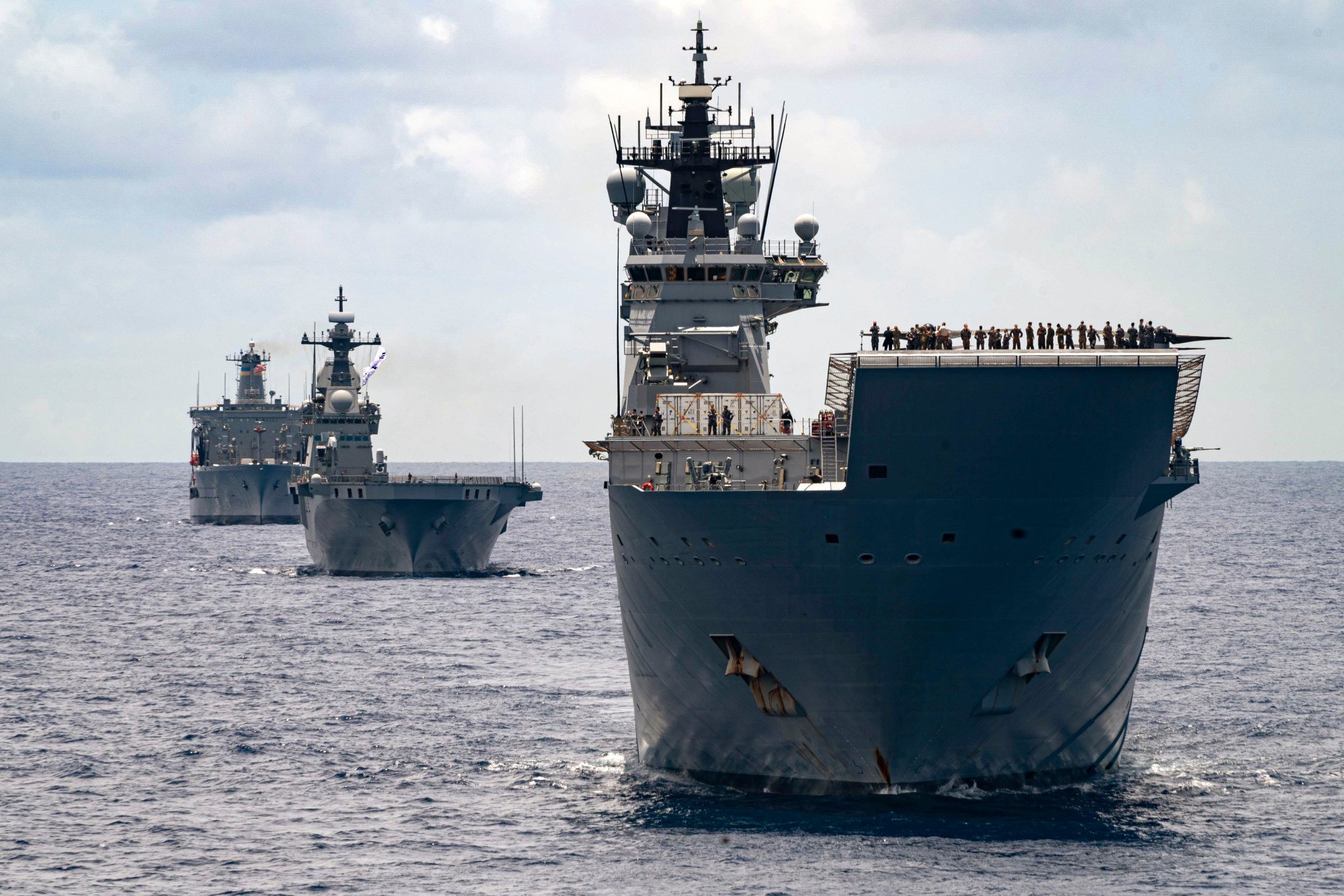
20. Australia
It said Australia has a young median hull age, at 16.2 years, and that its naval force balance is “average”.
Its 36 active units as of October 2022 were six submarines, three destroyers, eight frigates, four mine/countermine warfare ships, 12 offshore patrol vessels, and 12 amphibious assault vessels.
It has no corvettes, cruisers, or aircraft carriers.
The WDMMW noted that the navy’s “bulk of strength” comes from its offshore patrol vessel force, “which makes up more than a quarter of all available strength”.
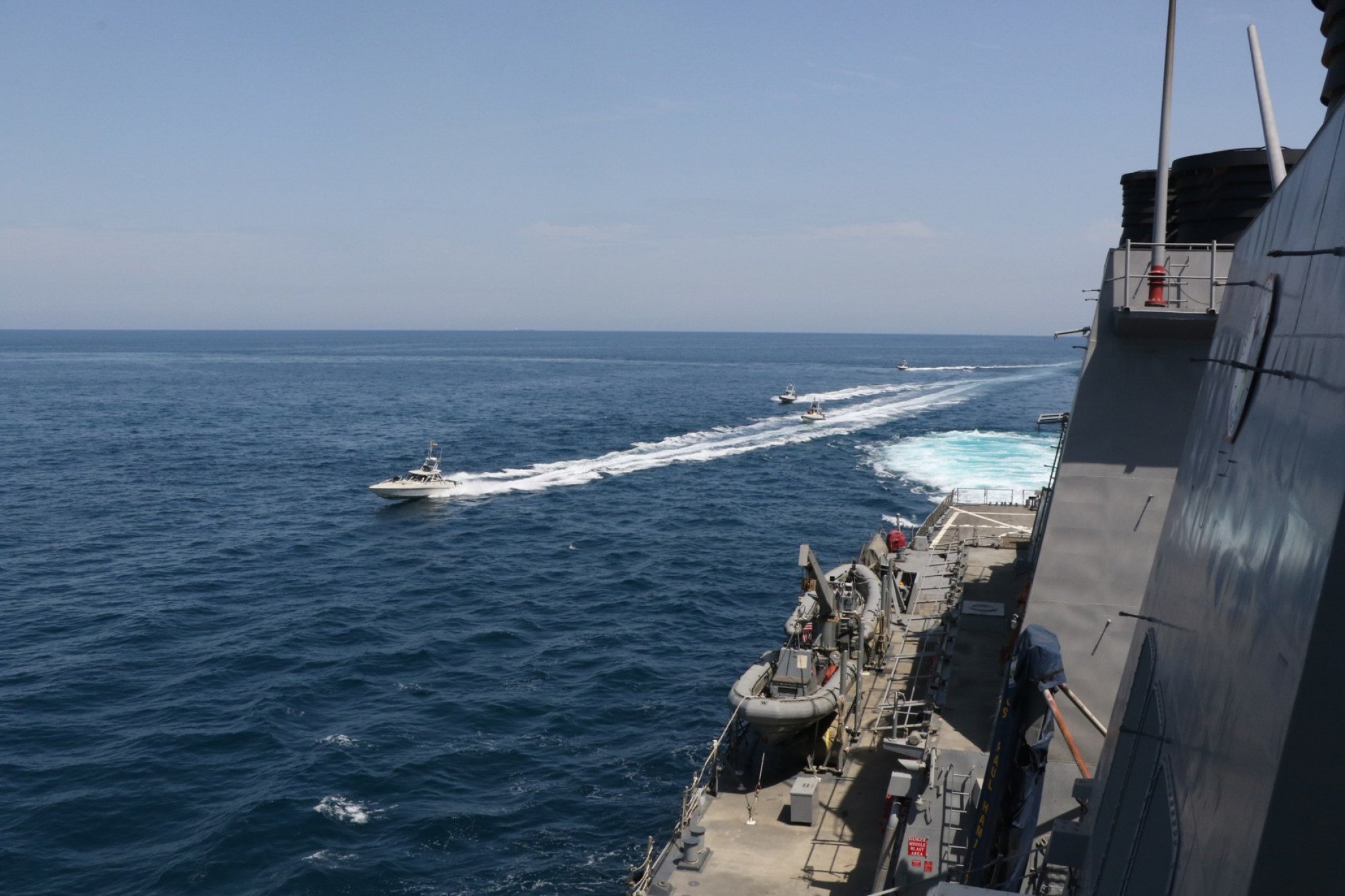
19. Iran
It has 25 submarines, seven frigates, three corvettes, 12 offshore patrol vessels, and 10 amphibious assault vessels.
It has no aircraft carriers, destroyer warships, or cruiser warships.
The WDMMW said Iran’s naval force balance is “fair” and that it has an old median hull age, 32.6 years.

18. Germany
Its 34 active units as of July 2023 were six submarines, 11 frigates, five corvettes, and 12 mine/countermine warfare ships.
Germany has no aircraft carriers, no amphibious assault vessels, no cruisers, and no offshore patrol vessels.
The WDMMW said Germany’s naval force balance is “fair” and its median hull age is 17.7 years.

17. Spain
It has no aircraft carriers, destroyers, corvettes, or cruisers.
It has a median hull age of 24 years, and an “average” force balance, the WDMMW said.
Spain’s navy was given a True Value Rating of 56.
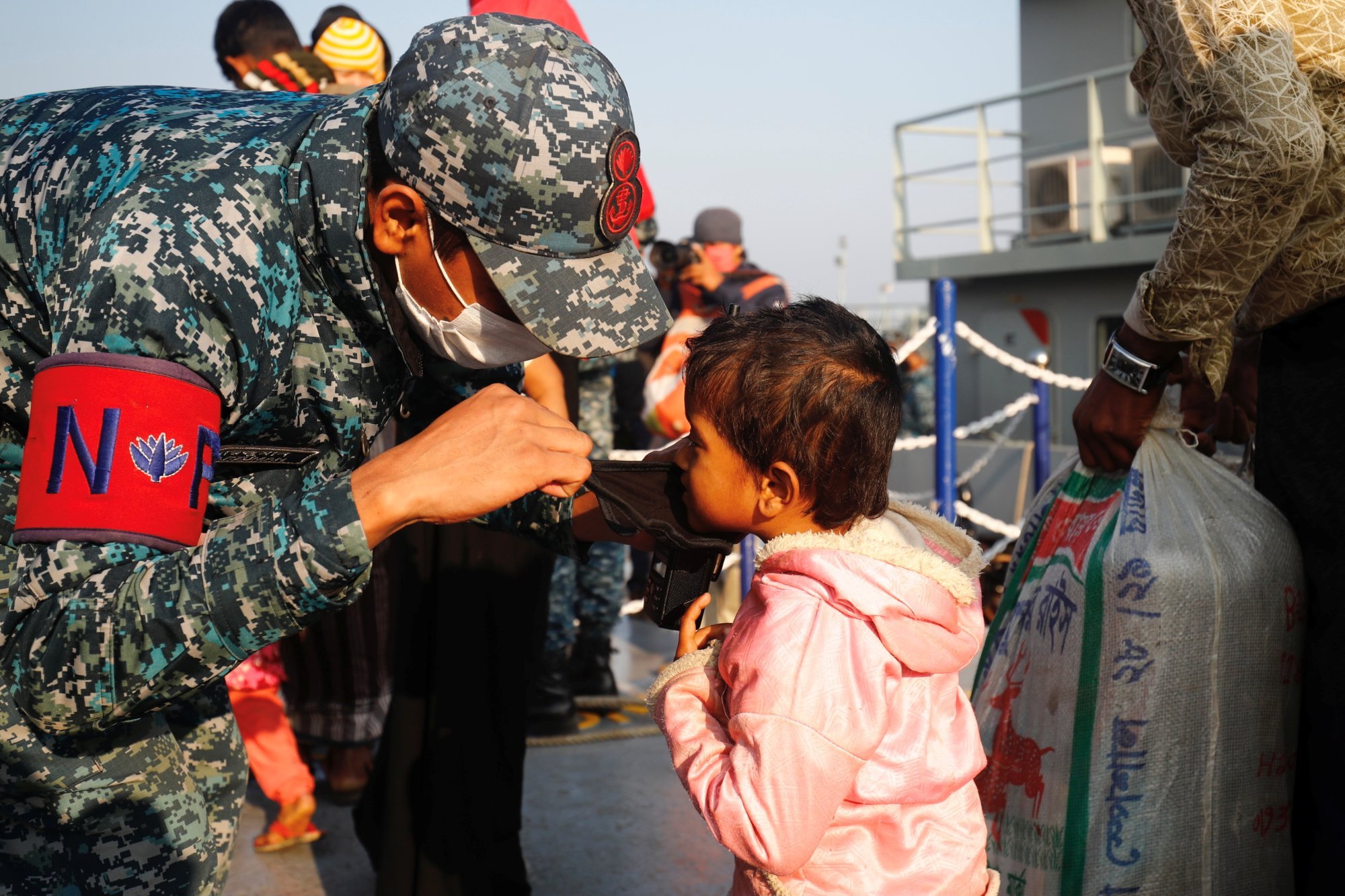
16. Bangladesh
It has a modern navy, with a median hull age of just 14.3 years.
Bangladesh had 66 total active units as of February 2023. They were two submarines, seven frigates, six corvettes, five mine/countermine warfare ships, 30 offshore patrol vessels, and 16 amphibious assault vessels.
It has no aircraft carriers, cruisers, or destroyers.
It has 21 units on order, the WDMMW said, which shows its navy is growing and modernising further.
The WDMMW said its navy has an “average” force balance.
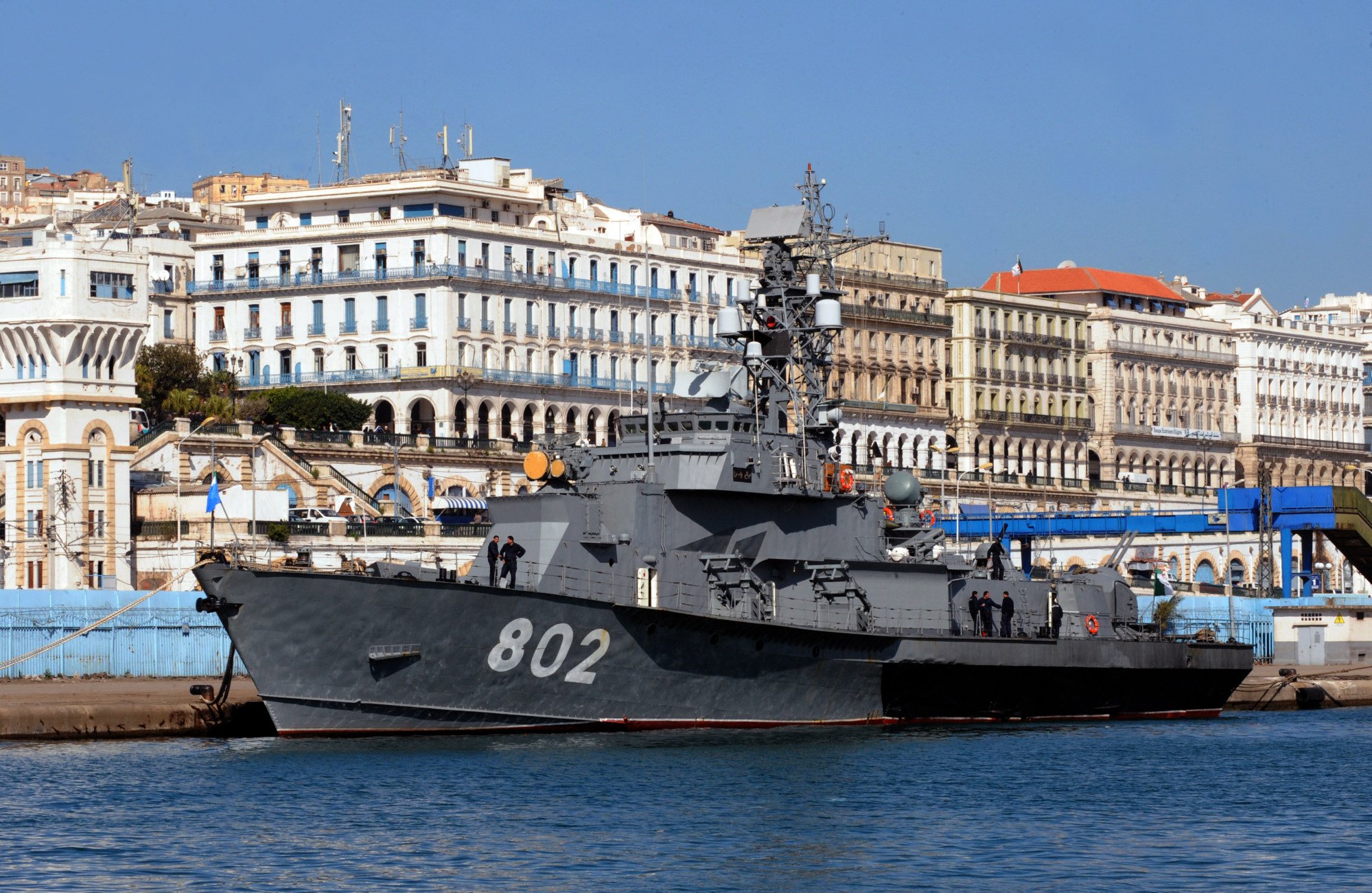
15. Algeria
Algeria’s navy had 96 total active units as of June 2023, according to the WDMMW.
They were six submarines, eight frigates, 11 corvettes, three mine/countermine warfare ships, 65 offshore patrol vessels, and three amphibious assault vessels.
It has no aircraft carriers, cruisers, or destroyers.
The WDMMW said its naval force balance is “fair” and its median hull age is 16 years.
It gave Algeria’s navy a True Value Rating of 61.5.
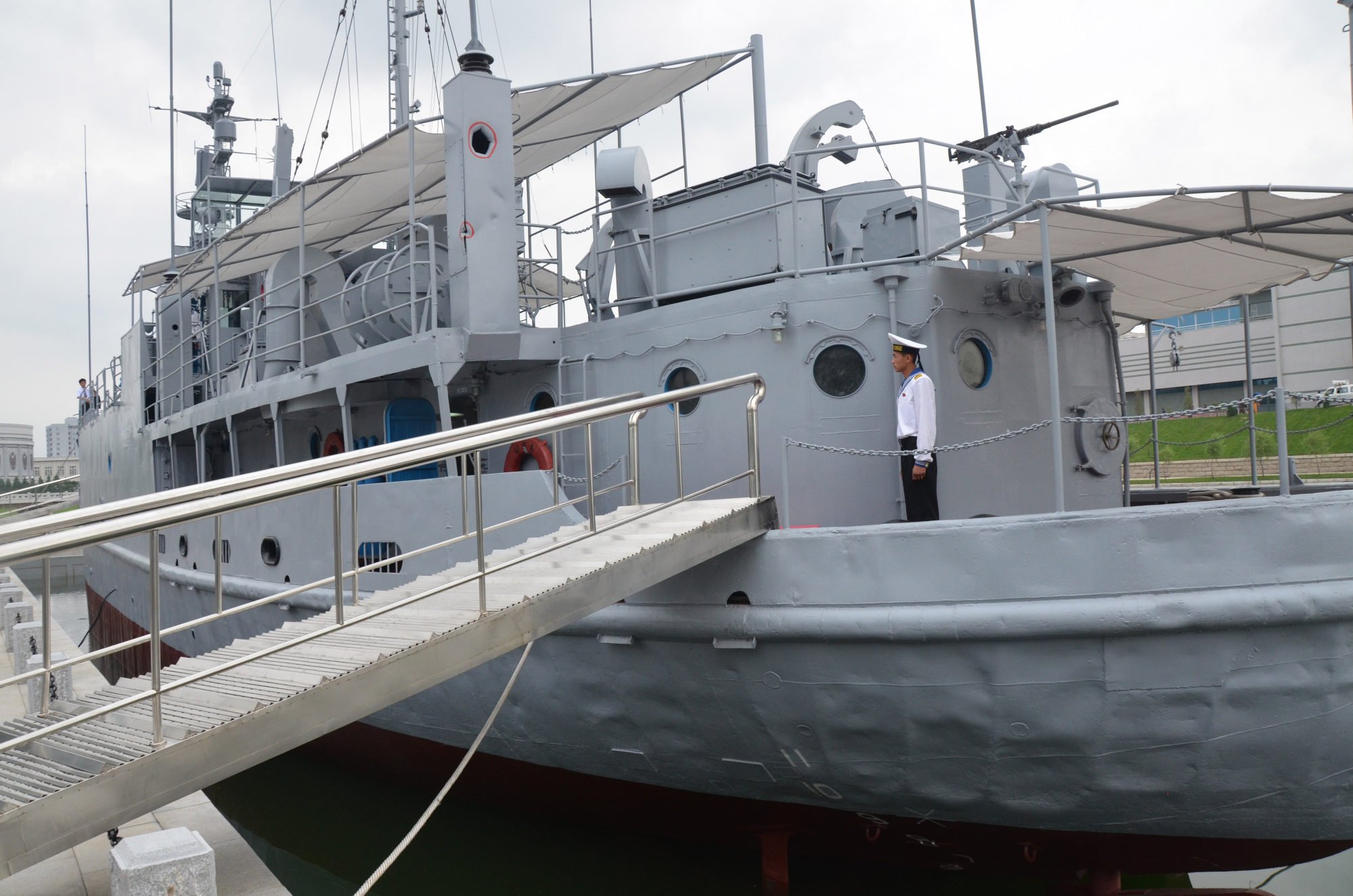
14. North Korea
Though it has a huge fleet, its ships tend to be old and small, unlikely to seriously trouble a more modern force.
The isolated dictatorship has 19 submarines, two frigates, seven corvettes, one mine/countermine warfare ships, and 157 offshore patrol vessels.
It has 186 total units in its active naval inventory as of January 2023.
It has no aircraft carriers, destroyers, cruisers, or amphibious assault vessels.
The WDMMW said the navy’s force balance is “fair.”
North Korea also has an old fleet: its median hull age is 49.2 years.

13. Egypt
It listed 107 active units as of November 2022. They were eight submarines, 12 frigates, seven corvettes, 18 mine/countermine warfare ships, 48 offshore patrol vessels, and 12 amphibious assault vessels.
It also has two helicopter carriers, making it “the only African/Middle East power to have aircraft carriers in the force”.
It has no destroyers and no cruisers and it only has one vessel in production.
The WDMMW said Egypt’s force balance is “average” and its median hull age is 27.5 years.
It gave Egypt a True Value Rating of 72.4.
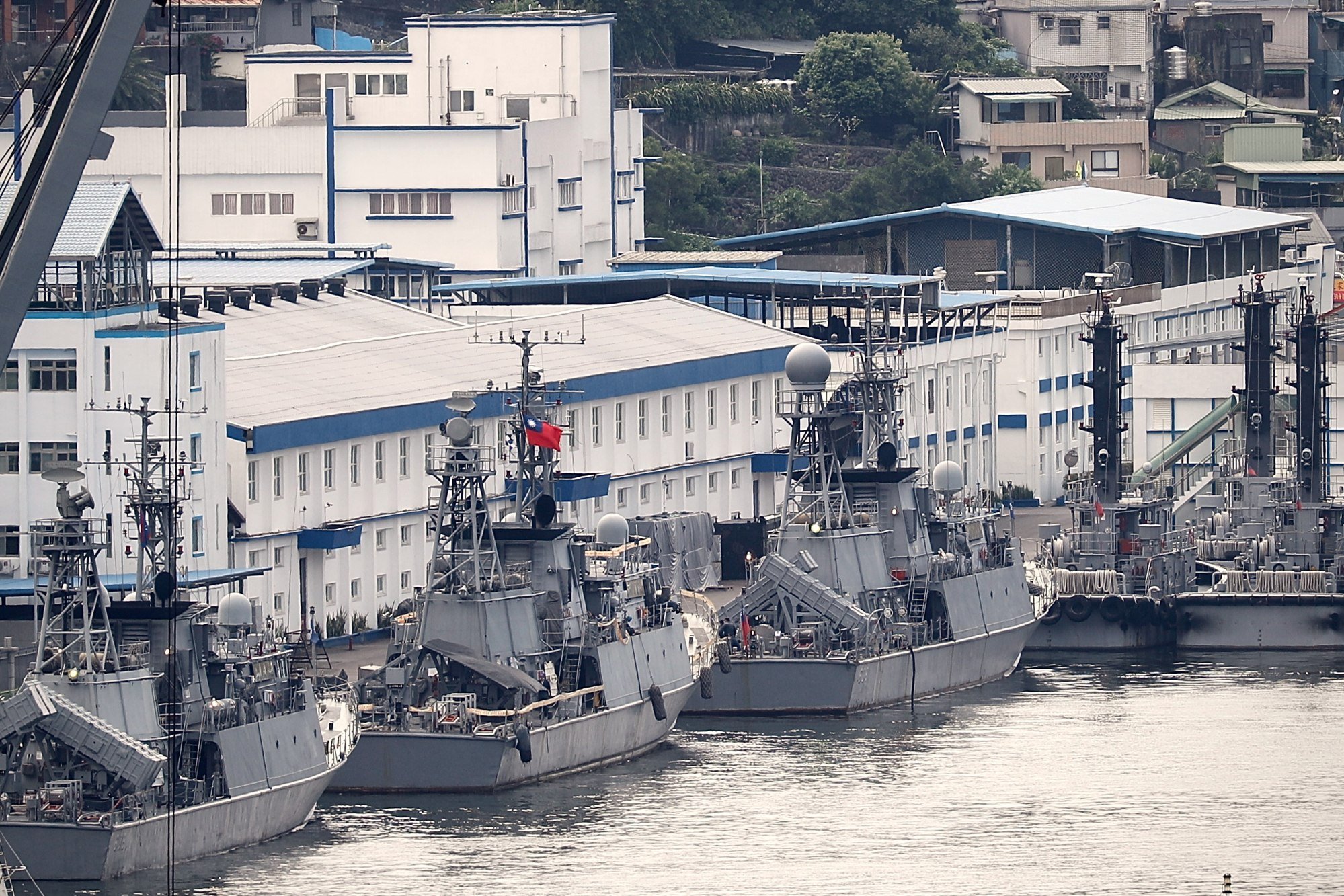
12. Taiwan
It said Taiwan’s force balance is “average” and its median hull age is 26.9.
The navy is a key concern for Taiwan, which Beijing regards as a breakaway province to be brought under mainland control – by force, if necessary. Many countries, including the US, do not officially recognise Taiwan as an independent state but oppose the use of force to change the status quo.
Taiwan has four submarines, four destroyers, 22 frigates, two corvettes, 10 mine/countermine warfare ships, 42 offshore patrol vessels, and seven amphibious assault vessels.
It has no aircraft carriers or cruisers.
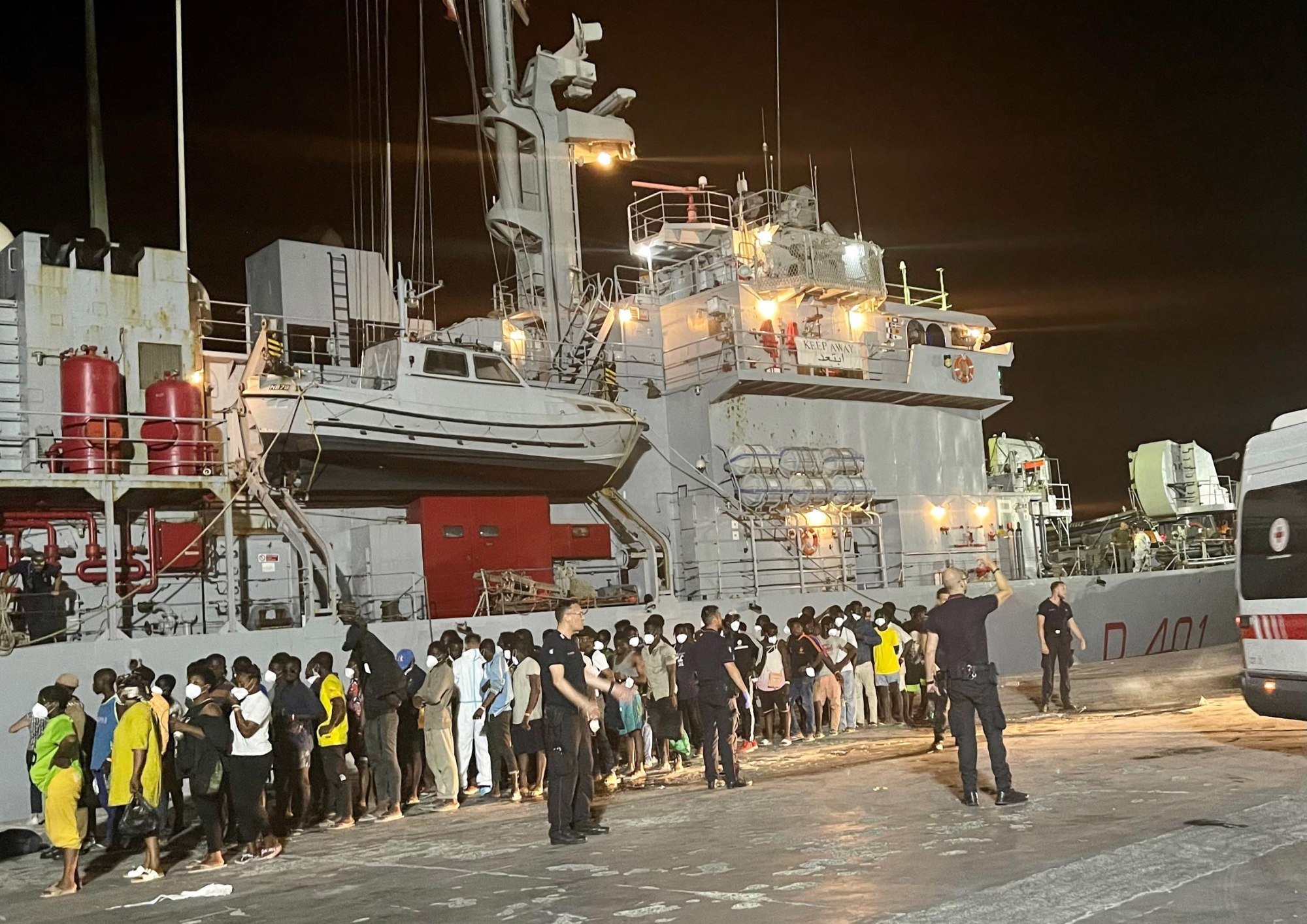
11. Italy
Two aircraft carriers, eight submarines, four destroyers, 11 frigates, 10 mine/countermine warfare ships, 16 offshore patrol vessels, and three amphibious assault vessels made up its 54 active units as of November 2022.
It has no corvettes or cruisers.
The WDMMW said Italy’s naval force balance is “average” and its median hull age is 24.7.
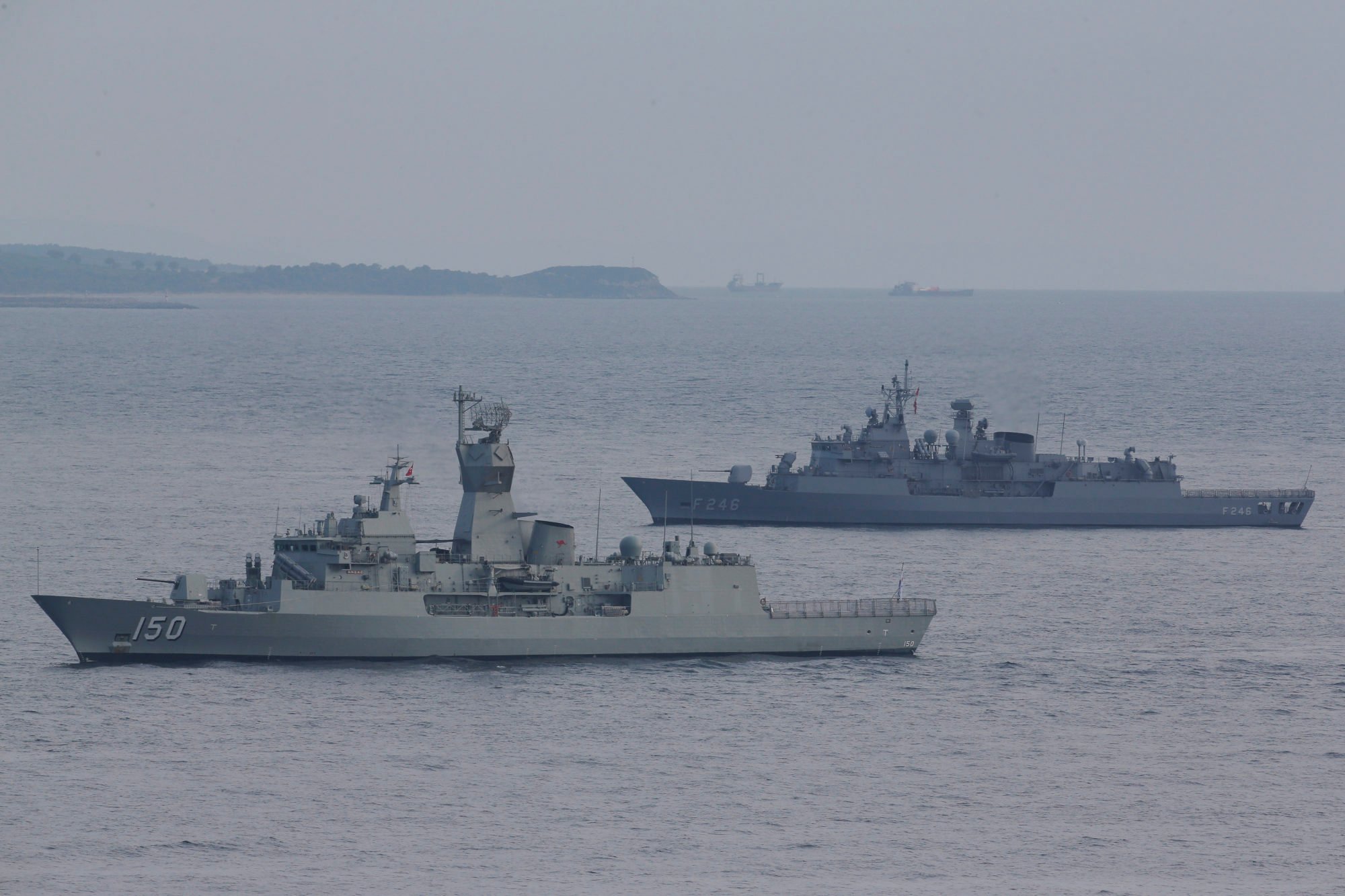
10. Turkey
Turkey controls a vital maritime chokepoint: the crossing between the Mediterranean and the Black Sea.
Its median hull age is 18.8 years, and its force balance is “average,” according to WDMMW.
Turkey got a True Value Rating of 80.5.

9. Britain
The force “puts a premium on multi-mission warships with nearly a quarter of its force dedicated to frigates followed by a focus on mine warfare and then submarines,” the WDMMW said.
It has two aircraft carriers, 10 submarines, six destroyer warships, 12 frigate warships, 11 mine/countermine warfare ships, six offshore patrol vessels, and two amphibious assault vessels.
It has no corvette warships or cruiser warships.
The WDMMW said the UK has 51 total units in its active naval inventory as of November 2022, and the balance of its force is “average”. It has just three more vessels on order, much less than most of the world’s top navies.
The UK’s median hull age is 17.7 years, which is younger than many of the world’s most powerful navies.

8. France
France has “a modern, multi-role force covering air power, surface combatants, and undersea boats,” it said.
The WDMMW focused on France’s efforts to modernise its navy, including its destroyer force of 21 ships.
France also currently has one aircraft carrier – the Charles de Gaulle – as well as nine submarines, 14 offshore patrol vessels, and three amphibious assault vessels.
It said France’s 17-strong mine/countermine warfare ship feet is “considerable considering France’s shorelines along European waters”.
France has no frigates, cruisers, or corvettes and its median hull age is 23 years.
The WDMMW said France has an “average” force balance.

7. India
It said India had 102 active units as of January 2023, which were one aircraft carrier, 17 submarines, 10 destroyers, 13 frigates, 23 corvette s, 29 offshore patrol vessels, and nine amphibious assault vessels.
India has no mine/countermine warfare ships or cruisers and its median hull age is 20.1 years, the WDMMW said.
It said India’s naval force has an “average” balance.
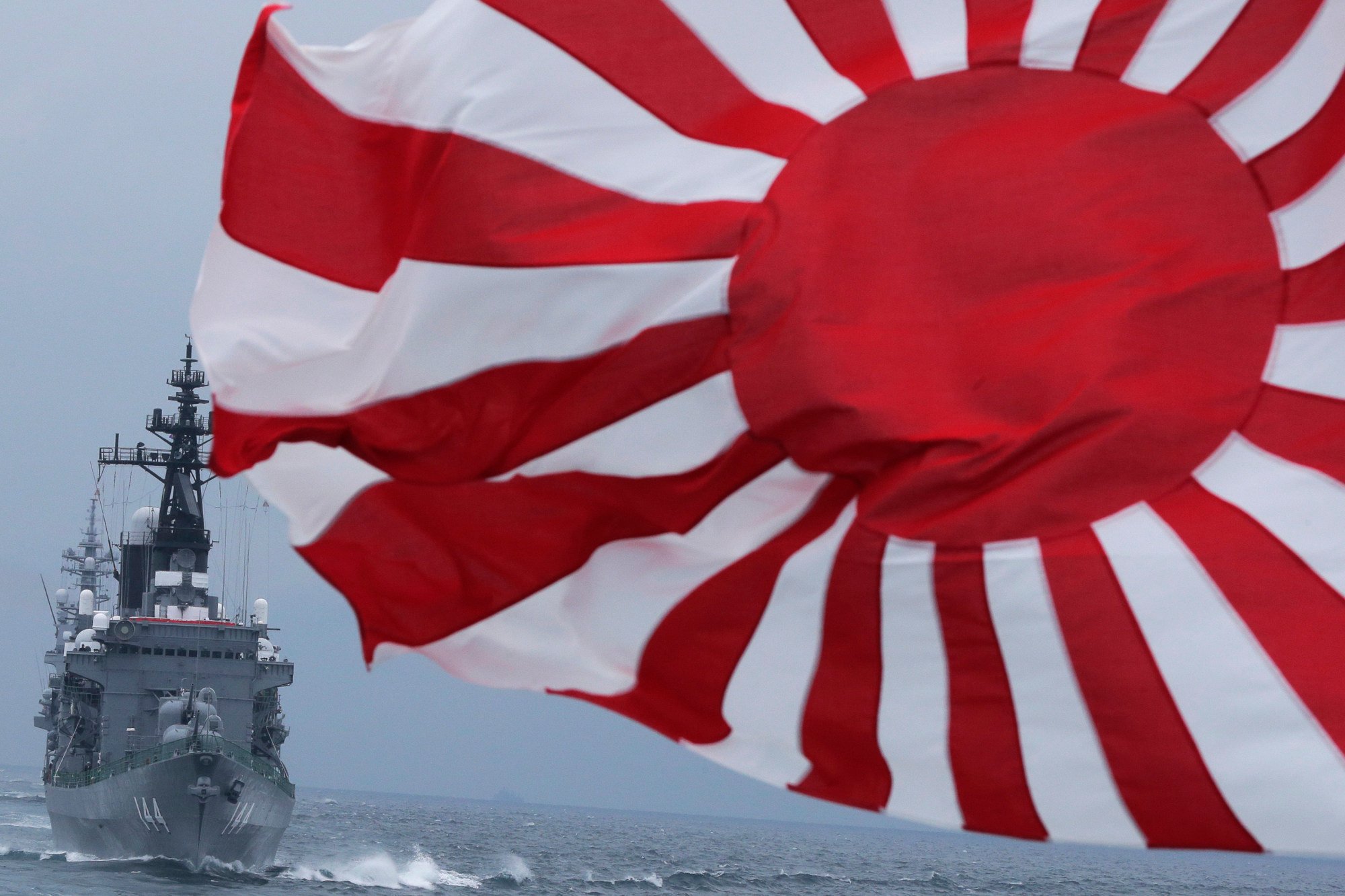
6. Japan
Japan also has a more modern navy than many of the top-ranked countries, with a median hull age of 14.8 years, the WDMMW said.
Japan has four helicopter carriers, 22 submarines, 22 destroyers, three frigates, 22 mine/countermine warfare ships, six offshore patrol vessels, and three amphibious assault vessels.
It has no aircraft carriers, no cruisers, and no corvettes.
The WDMMW said Japan’s naval force has an “average” balance.
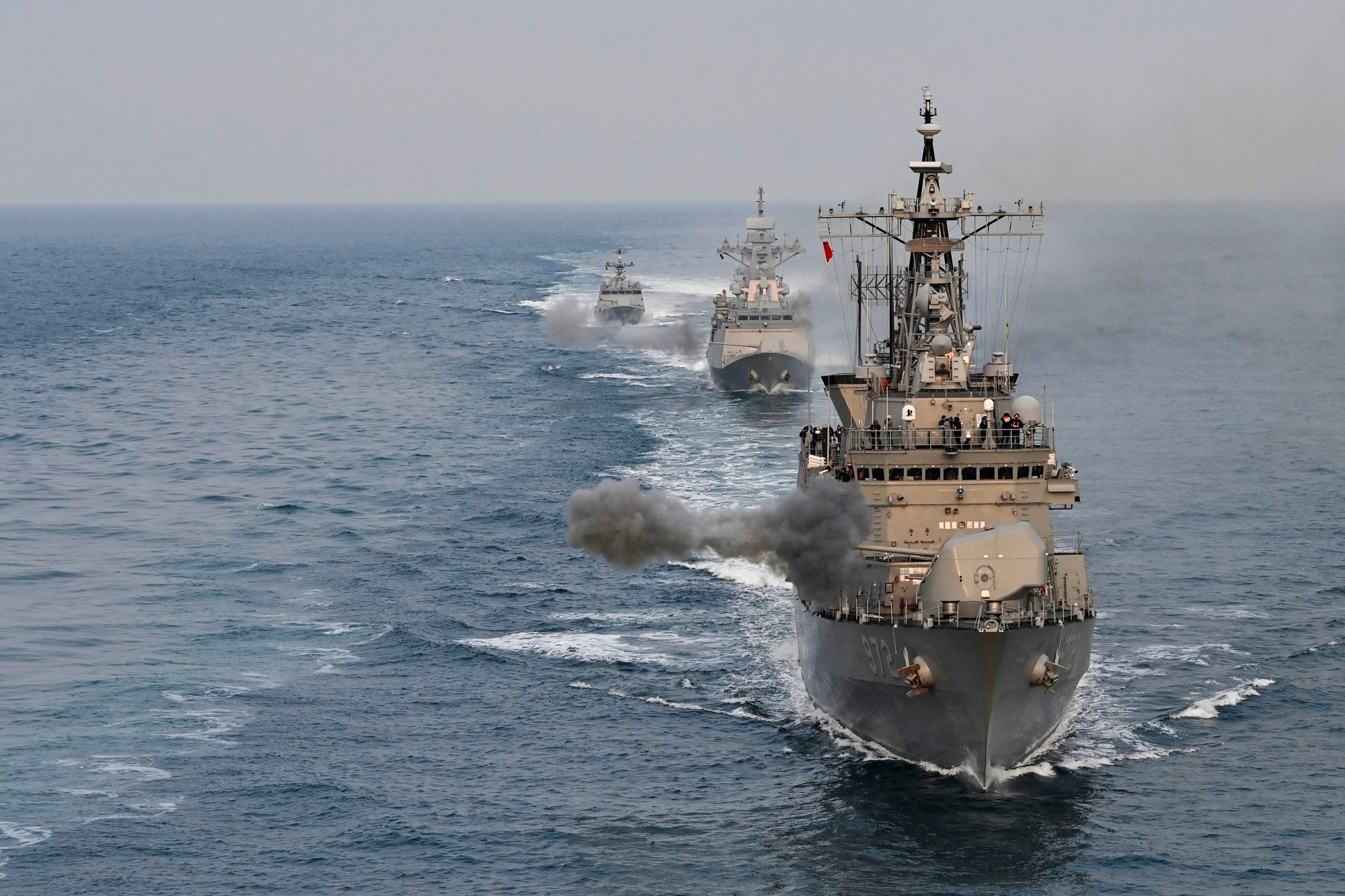
5. South Korea
It said the navy is “a well-balanced fighting force that includes all expected naval unit types short of dedicated fixed-wing aircraft carriers”.
The force is “built with defence and deterrence in mind”, its said, likely a reference to the country’s aggressive neighbour North Korea.
South Korea’s naval force was listed as 18 submarines, 12 destroyers, 12 frigates, 11 corvettes, 11 mine/countermine warfare ships, 64 offshore patrol vessels, and 1o amphibious assault vessels, as of May 2023.
It has no aircraft carriers or cruisers. It has a median hull age of 22.4 years.
The WDMMW gave South Korea a True Value Rating of 122.9.
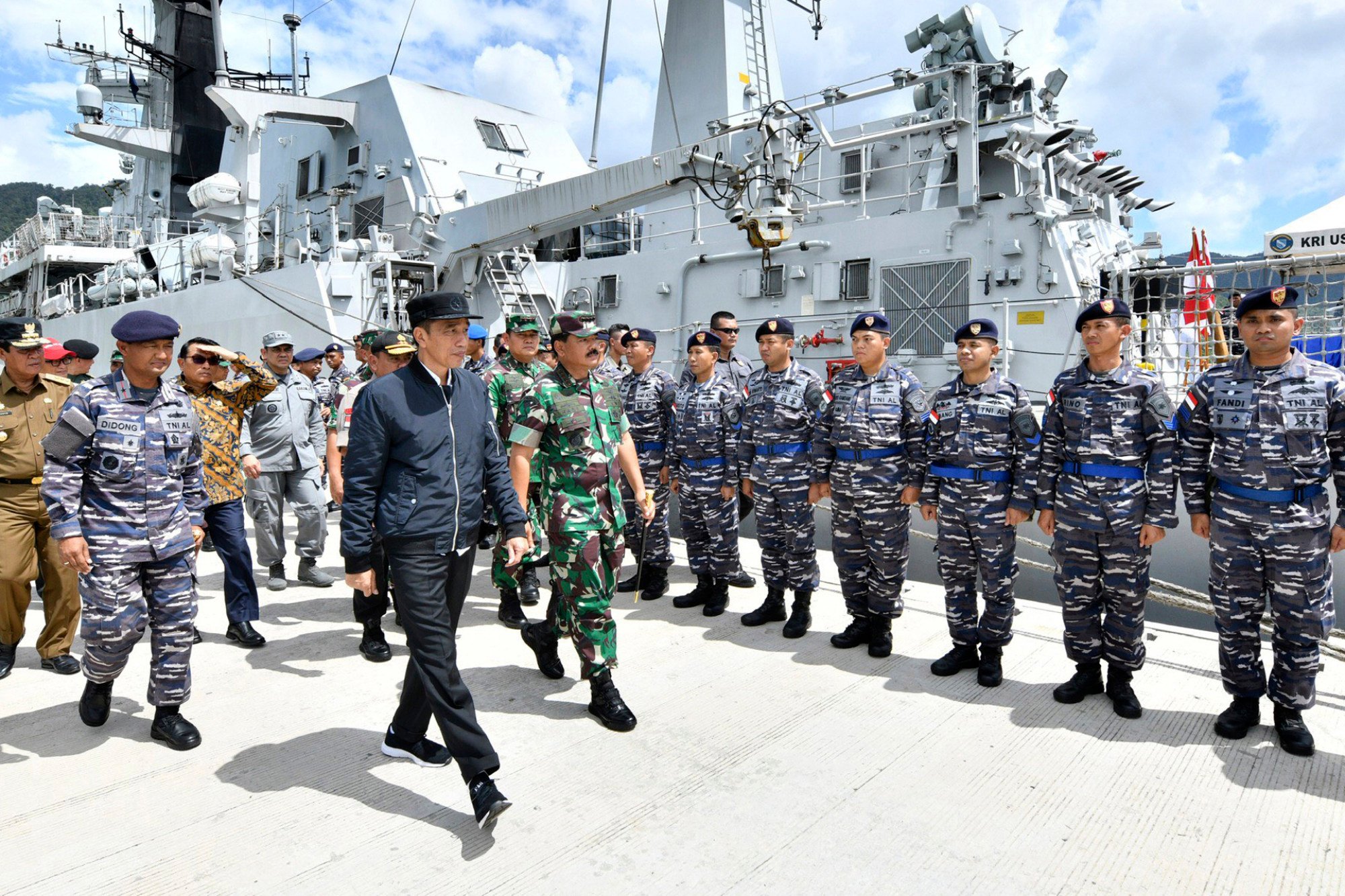
4. Indonesia
Indonesia has four submarines, seven frigates, 25 corvettes, nine mine/countermine warfare ships, 168 offshore patrol vessels, and 3o amphibious assault vessels.
It has no aircraft carriers, cruisers, or destroyers, WDMMW said.
It said Indonesia’s fleet has an “average” balance of assets.
Indonesia’s median hull age is 21.8.
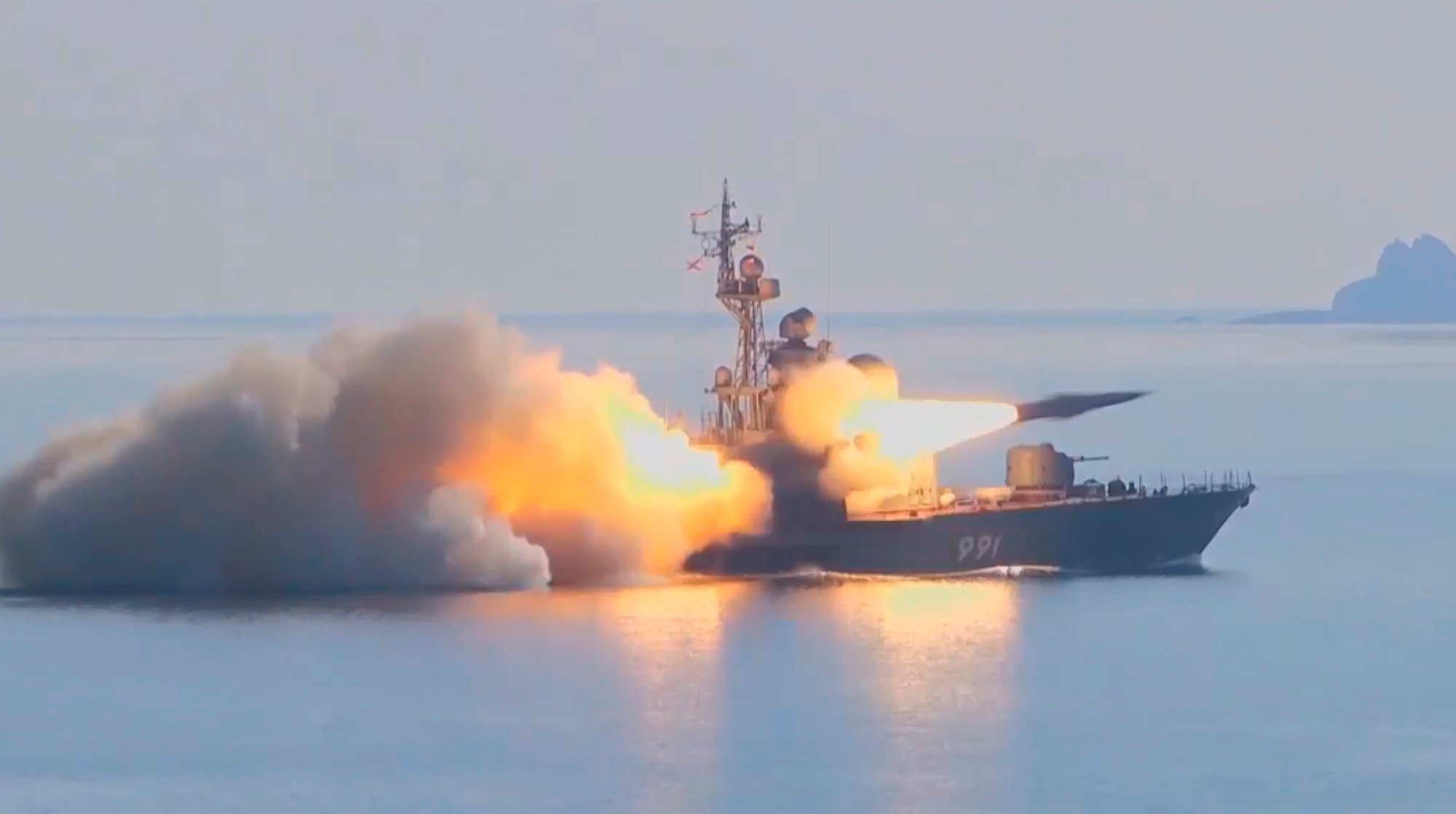
3. Russia
But it said Russia has a lot of ageing units, including its only aircraft carrier, the Admiral Kuznetsov.
Many of it 58 submarines, 12 destroyers, and four cruisers are also showing their age.
It said Russia’s median hull age is 30 years.
Russia, it said, had one frigate, 83 corvettes, 28 mine/countermine warfare ships, 27 offshore patrol vessels, and 21 amphibious assault vessels.
The WDMMW said: “the mine warfare division is primarily ageing Soviet Cold War-era instruments as is the bulk of the amphibious assault/support force.”
It noted Russia is trying to modernise its navy, with a large number of units on order, at 82, and a “noticeable commitment” to new corvette warships, submarines, and mine/countermine warfare ships.
The WDMMW gave Russia a True Value Rating of 242.3 and said it has a “good” force balance.
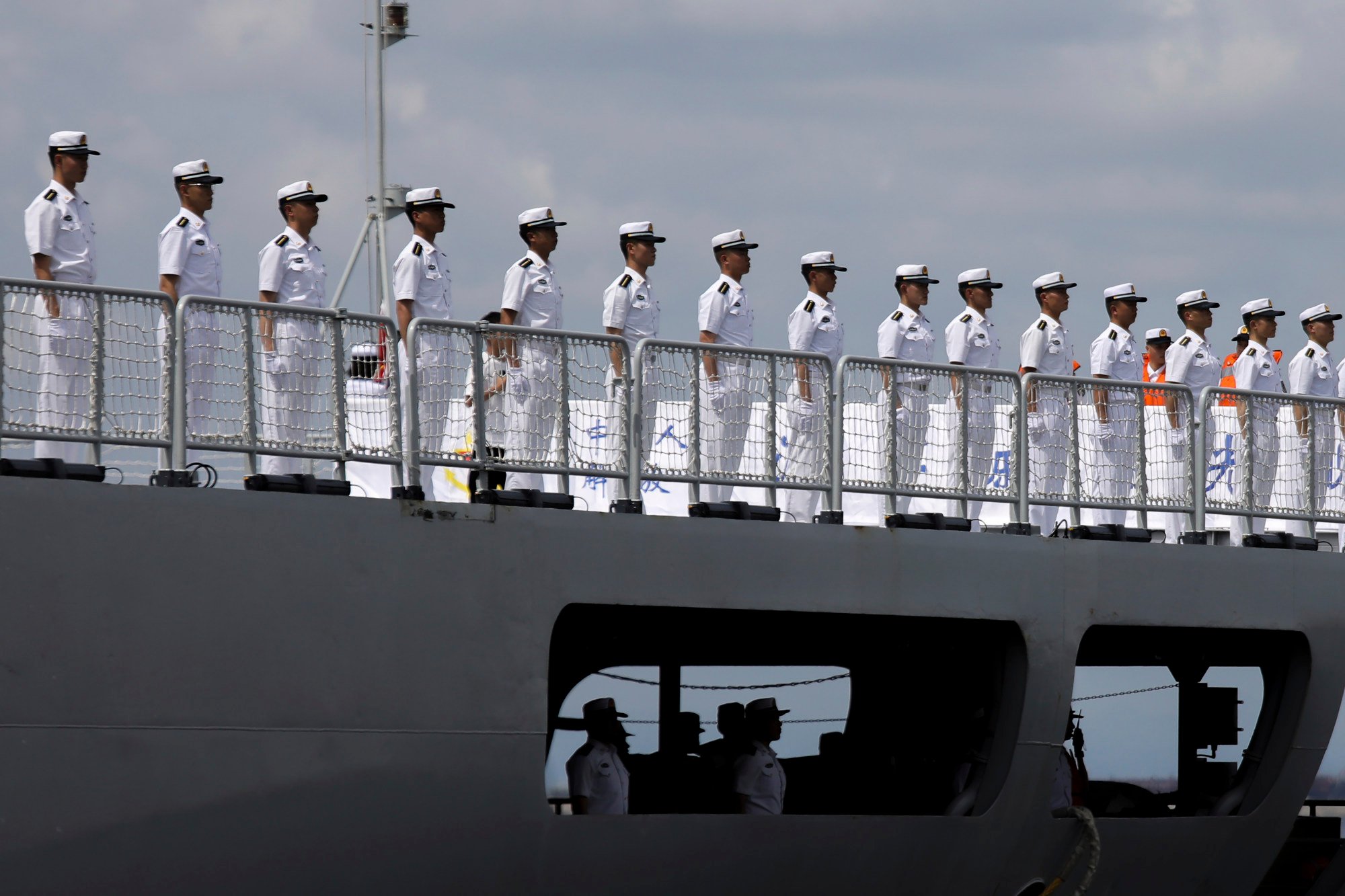
2. China
They were three aircraft carriers, 72 submarines, 48 destroyers, 71 corvettes, 44 frigates, 49 mine countermeasures/countermine warfare ships, 127 offshore patrol vessels, and 11 amphibious assault vessels, it said. It has no cruisers.
It has a much younger median hull age than the US, at 13.8 years, but also has fewer assets on order, at 14.
The WDMMW said China’s navy has a “good” balance of assets. It gave China a True Value Rating of 318.9.

1. United States
The US Navy is widely considered the most powerful the world has ever known.
The WDMMW gave it a True Value Rating of 323.9, its highest score.
The US navy had a total of 243 active units as of November 2022, the listing said. They were 11 aircraft carriers, 68 submarines, 22 cruisers, 70 destroyers, 21 corvettes, eight mine/countermine warfare ships, 10 offshore patrol vessels, and 33 amphibious assault vessels. It has no frigates.
The WDMMW said the US has a “good” balance in its types of assets, and its median hull age is 23.3 years.
It also noted that the US has many more units on order, at 67, a sign that it is “attempting to keep pace with global rival China”.

